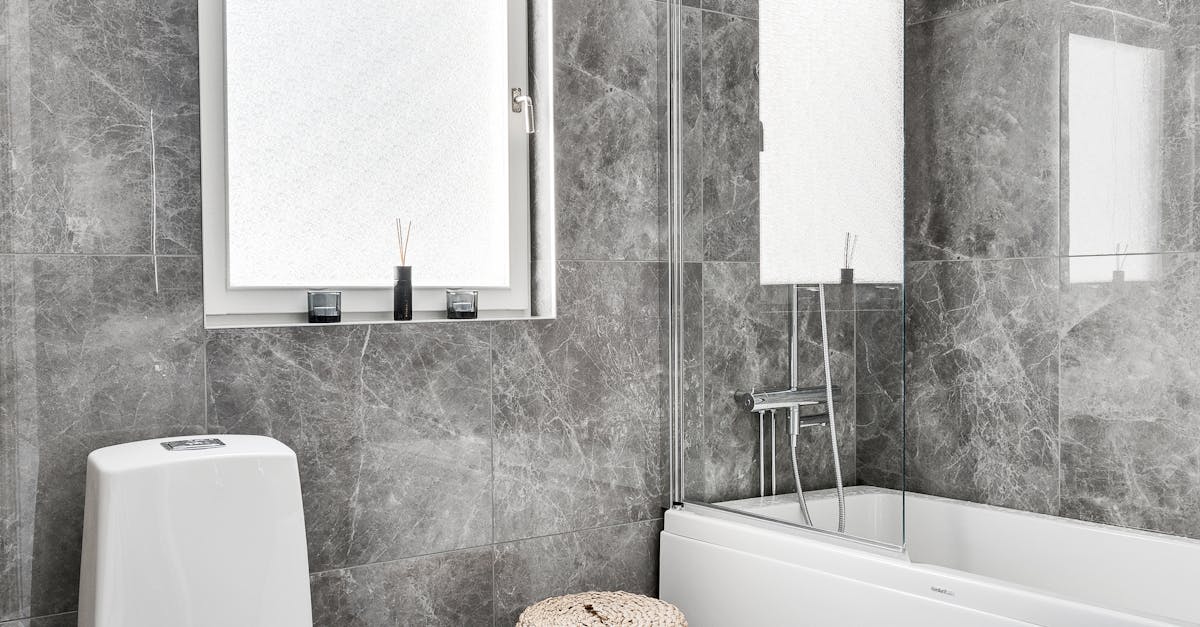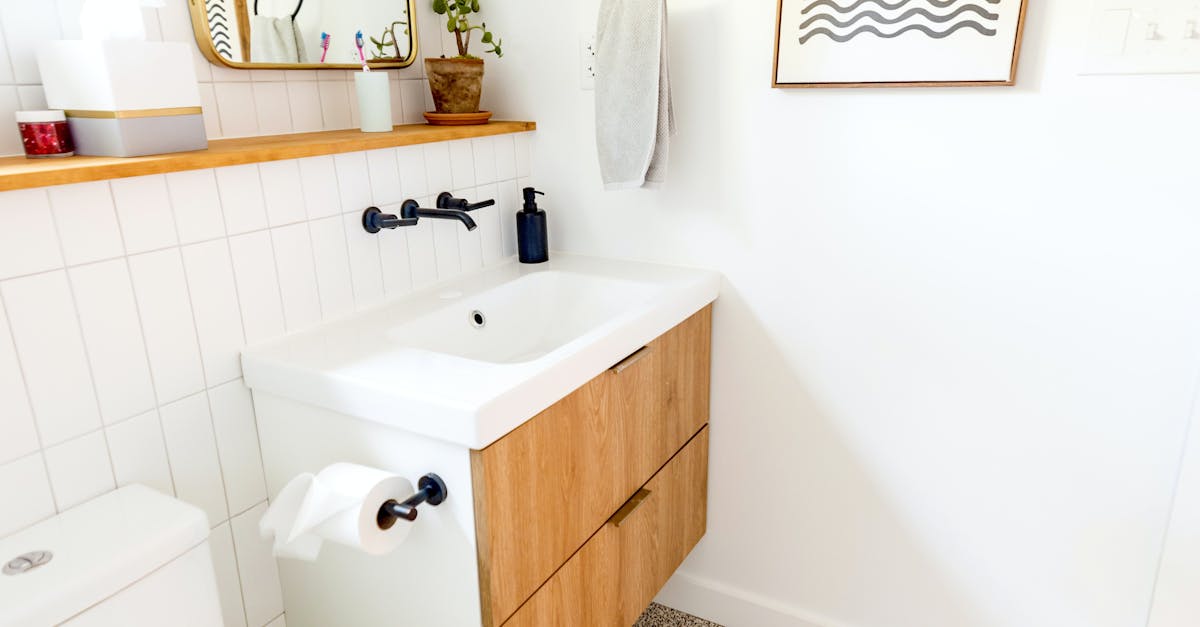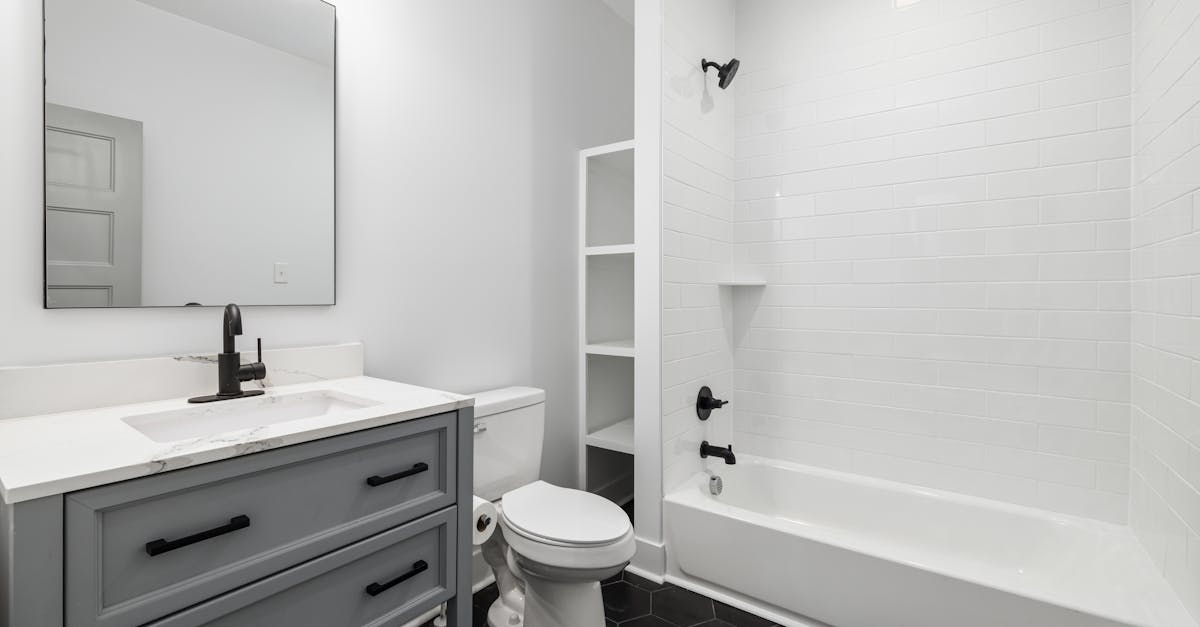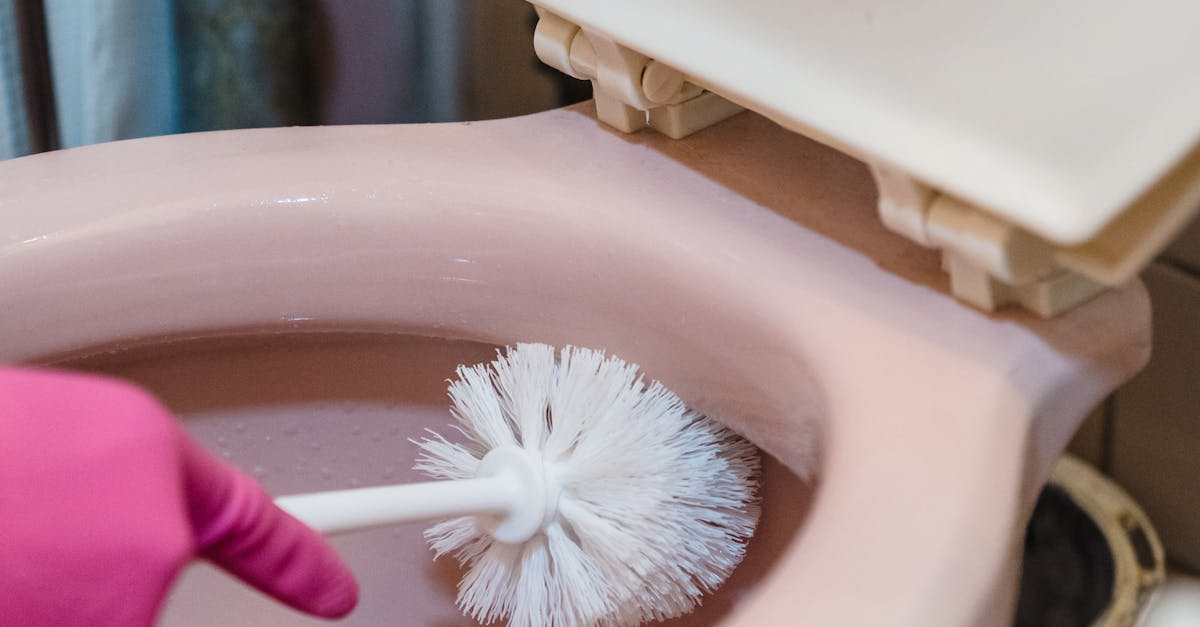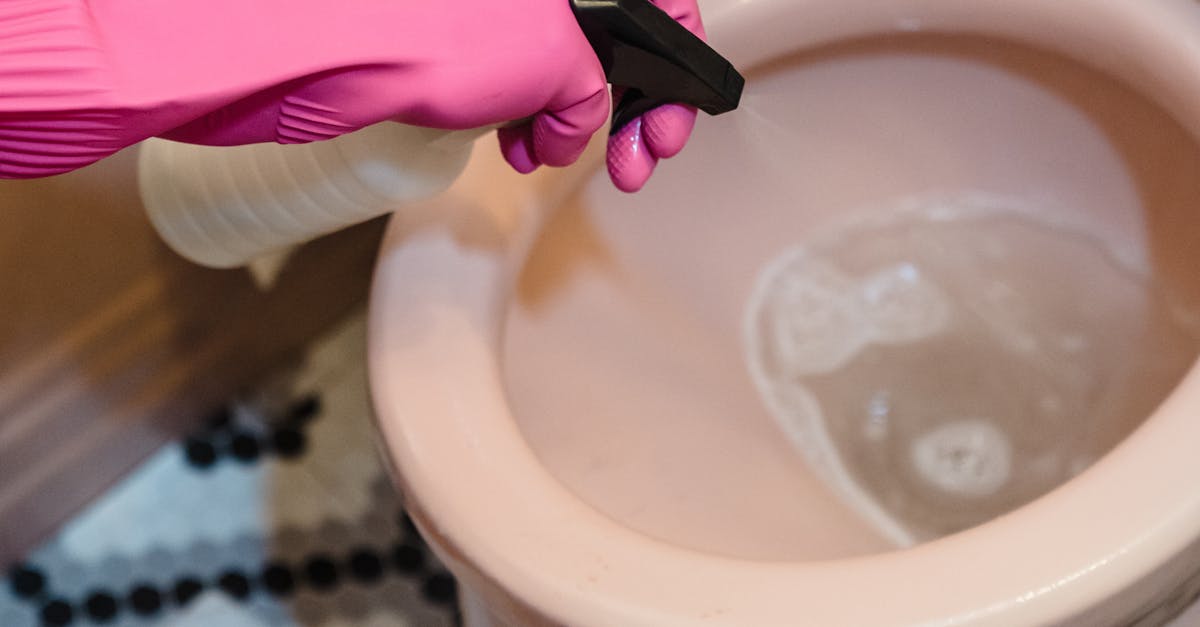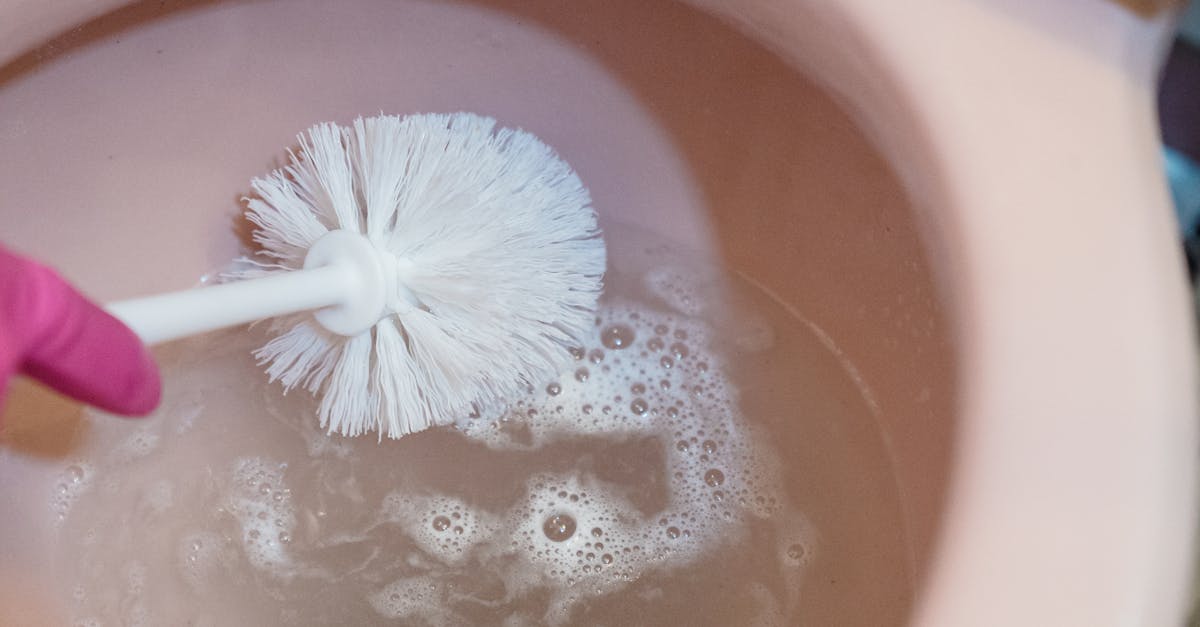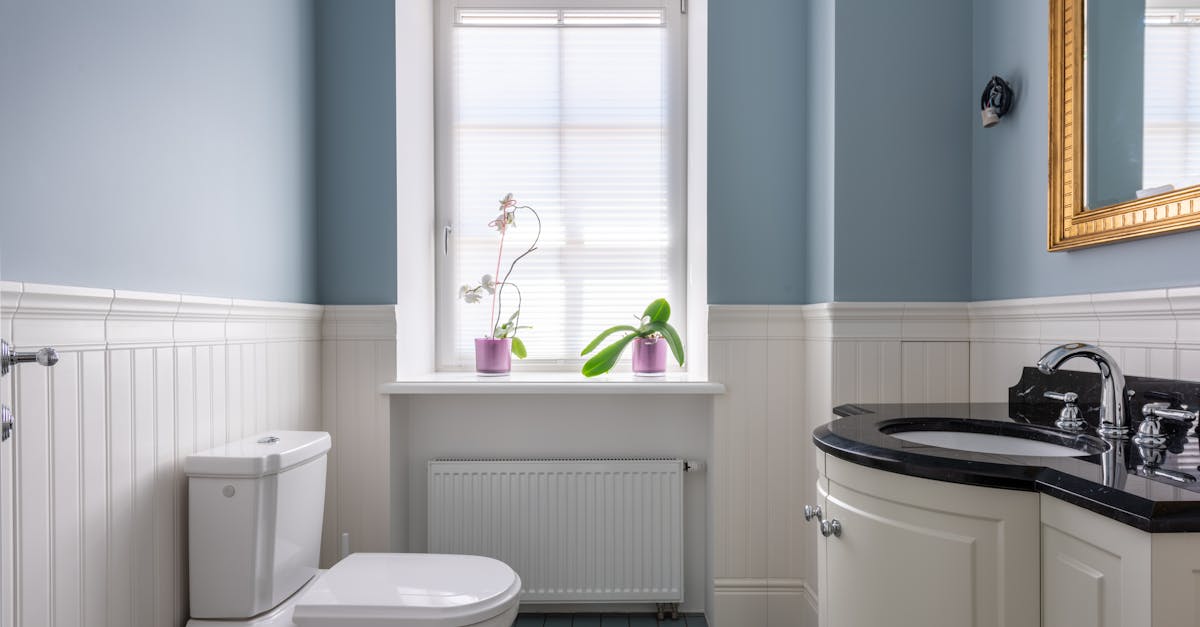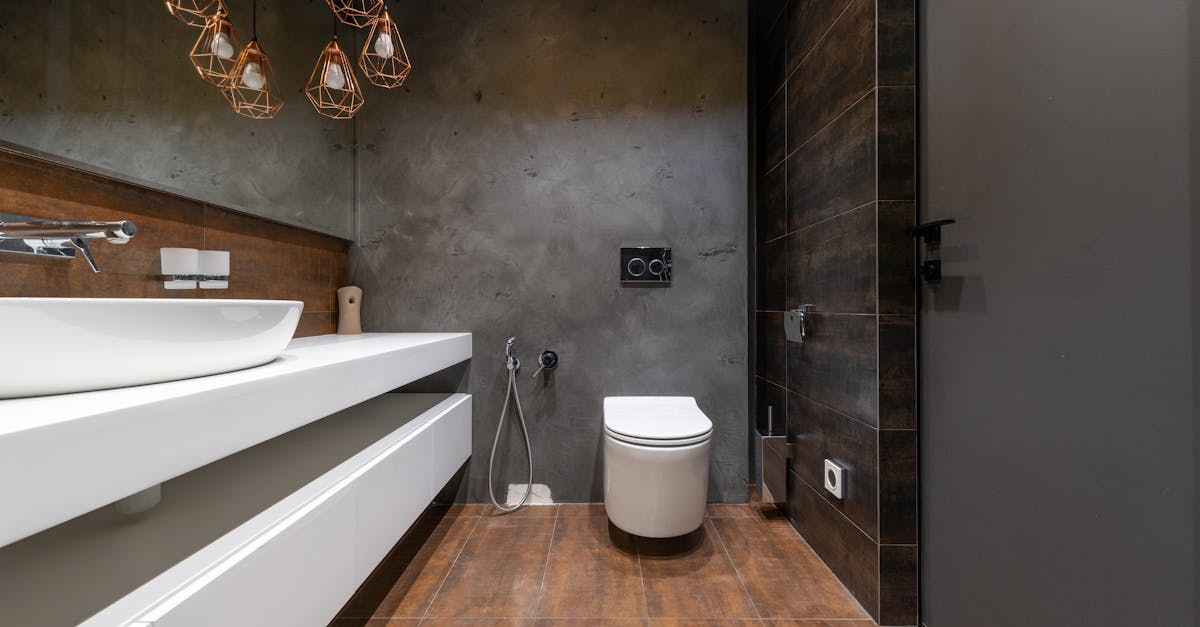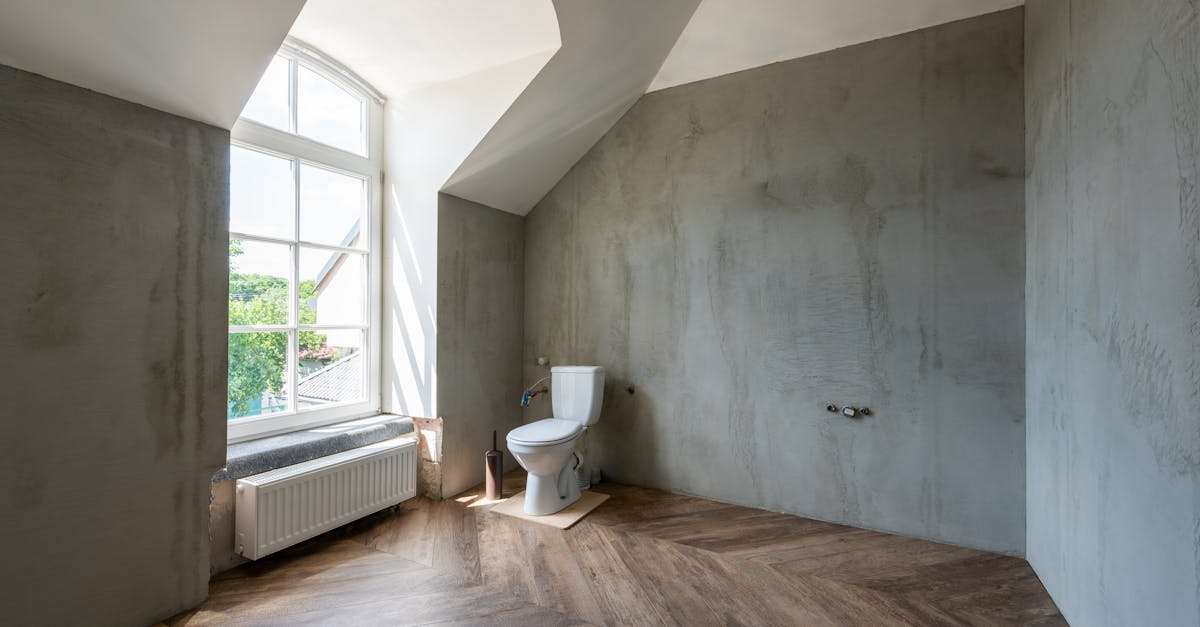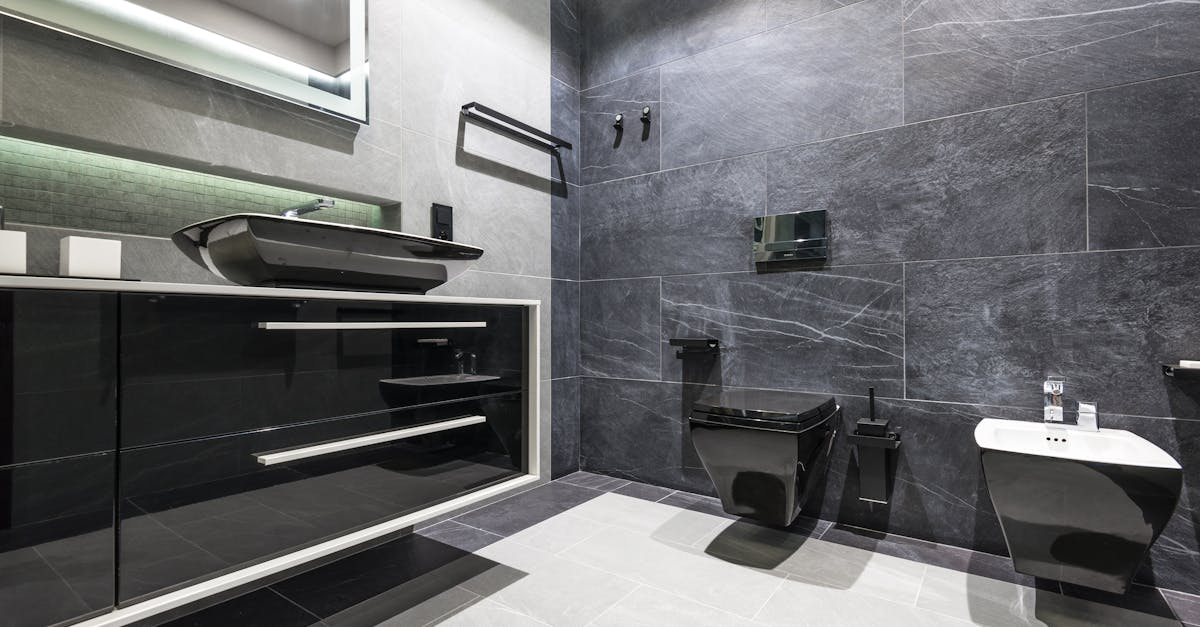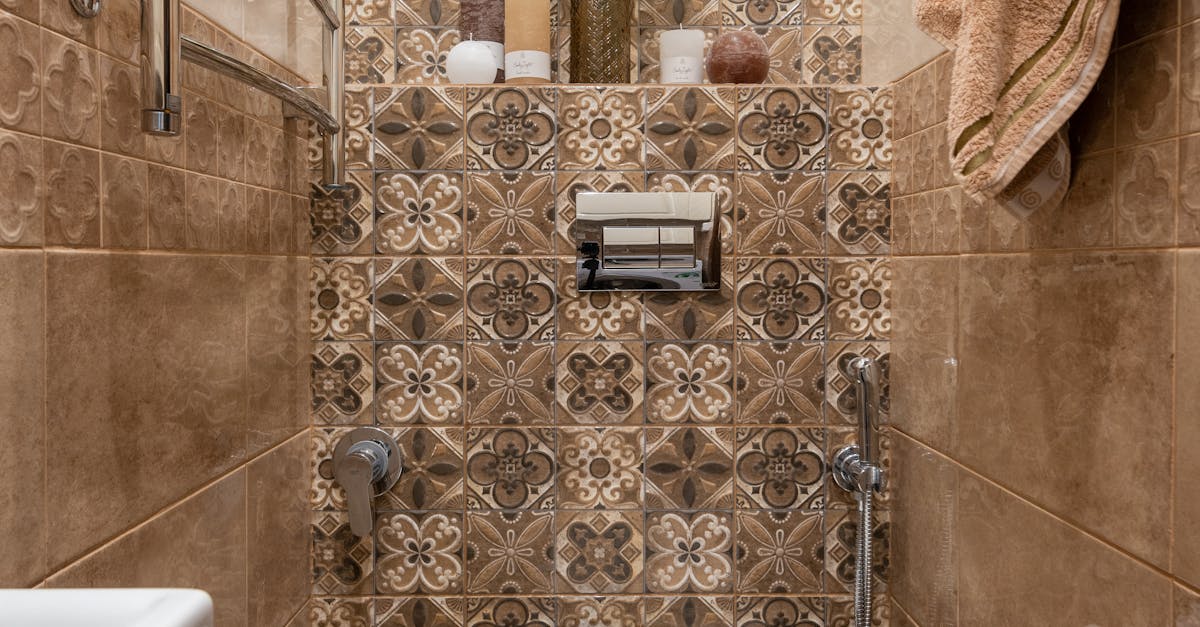
Table Of Contents
Understanding Common Toilet Repairs
Toilet repairs are a common household task that many homeowners encounter over time. Issues like leaks, clogs, and running toilets can lead to water wastage and increased bills. Understanding the source of these problems is essential for effective repairs. Often, a malfunctioning flush valve, a faulty flapper, or mineral build-up can cause toilets to function improperly. Identifying these common issues can help homeowners decide whether to tackle the job themselves or seek professional assistance.
Regular maintenance can significantly reduce the need for toilet repairs, ensuring a more reliable bathroom experience. Simple practices like checking for leaks periodically and ensuring that nothing obstructs the flushing mechanism can go a long way. Keeping the toilet clean and flushing only appropriate items can help prevent clogs. By staying vigilant and addressing small problems before they escalate, homeowners can save both time and money on more significant repairs down the line.
Essential Repairs That Can Be Done
Several common toilet repairs can be tackled by homeowners with a bit of patience and the right guidance. One frequent issue is a leaking toilet tank, commonly caused by a worn-out flapper valve or a faulty tank-to-bowl gasket. Replacing these parts can prevent water waste and reduce your water bill. Other issues include clogs, which can often be fixed with a plunger or an auger. In some cases, it may be necessary to replace the entire toilet if it is cracked or damaged beyond repair.
Adjusting the toilet’s float mechanism can also improve its performance. If a toilet runs continuously, this is typically a sign of a float that is set too high or a malfunctioning fill valve. Addressing these issues is essential for efficient toilet operation and overall plumbing health. Minor leaks from the base or supply line may require simple part replacements, while more extensive repairs like replacing the wax ring seal can restore stability and prevent water damage. Each of these toilet repairs saves money and extends the life of your bathroom fixture.
Tools and Supplies Needed for Repairs
Having the right tools and supplies is essential for effective toilet repairs. A adjustable wrench is fundamental for loosening and tightening nuts on the toilet's base or tank. A plunger can solve clogs, while a toilet auger provides extra reach for deeper blockages. Employing a basin wrench can help access hard-to-reach bolts. Additionally, basic supplies like rubber gaskets, tweezers, and cleaning agents ensure all situations can be adequately addressed.
Proper preparation can make the repair process smoother. A portable container for holding small parts and tools prevents them from getting lost during a project. Keeping extra valves and fill valve components on hand can save time when making necessary replacements. Rubber gloves should be included to ensure hygiene during the repairs. By assembling these tools and supplies, tackling any toilet repairs can become a less daunting task.
The Basic Toolkit for Toilet Fixes
When tackling toilet repairs, having the right tools on hand can make all the difference. A basic toolkit should include essential items such as a wrench, pliers, screwdrivers, and a toilet auger. These tools allow for easy access to the various components of the toilet, ensuring that tasks such as tightening bolts or removing blockages can be carried out without hassle.
Additionally, a quality toilet repair kit is beneficial for more significant issues like replacing flappers or wax seals. This kit typically contains pieces relevant for common repairs, saving time on sourcing individual components. Keeping these tools and supplies readily available not only streamlines the repair process but also promotes confidence in handling minor toilet fixes as they arise.
Maintenance Tips to Avoid Future Issues
Regular maintenance can significantly reduce the need for toilet repairs. Flushing properly by ensuring only toilet paper and human waste enter the bowl can prevent clogs from forming. It's also advisable to check for leaks around the base of the toilet periodically. Detecting these issues early may save time and money in the long run.
Another important aspect of toilet care involves monitoring the water level in the tank. If it is set too high, it can cause the toilet to run continuously, leading to wasted water and increased utility bills. Cleaning the toilet regularly helps prevent mineral build-up and stains, ensuring it remains functional and hygienic. Adopting these practices can minimise the frequency of required toilet repairs and enhance the overall lifespan of your fixture.
Best Practices for Toilet Care
Proper care and maintenance of your toilet can significantly reduce the likelihood of needing extensive toilet repairs. Regularly check for leaks around the base and ensure that all fittings are secure. A simple routine of inspecting the flush and fill mechanisms inside the tank can help identify any issues before they escalate. Additionally, flushing the toilet with care, avoiding the disposal of non-flushable items, and not using it as a wastebasket can prevent clogs and potential damage.
Routine cleaning is key for maintaining toilet functionality and hygiene. Use a gentle cleaner to avoid damaging the components. Be mindful not to pour harsh chemicals down the toilet, as they can corrode seals and other internal parts, necessitating costly toilet repairs. Establishing a regular cleaning schedule and addressing minor issues promptly fosters a healthier bathroom environment and prolongs the lifespan of your toilet.
FAQS
What are the most common toilet repairs that can be done?
Common toilet repairs include fixing a running toilet, replacing a flapper, unclogging a toilet, repairing leaks, and adjusting the water level.
How do I know if my toilet repair is worth the cost?
If the repair cost is significantly lower than the price of a new toilet and the toilet is relatively new or in good condition, it is usually worth fixing.
What tools do I need for basic toilet repairs?
Essential tools include a wrench, screwdrivers, a toilet auger for clogs, and replacement parts like flappers and wax rings.
How can I maintain my toilet to prevent future issues?
Regular maintenance includes checking for leaks, avoiding flushing inappropriate items, and cleaning the toilet regularly to prevent mineral build-up.
When should I consider replacing my toilet instead of fixing it?
Consider replacement if the toilet is old, requires frequent repairs, has cracks in the bowl, or if you want to upgrade to a more water-efficient model.

